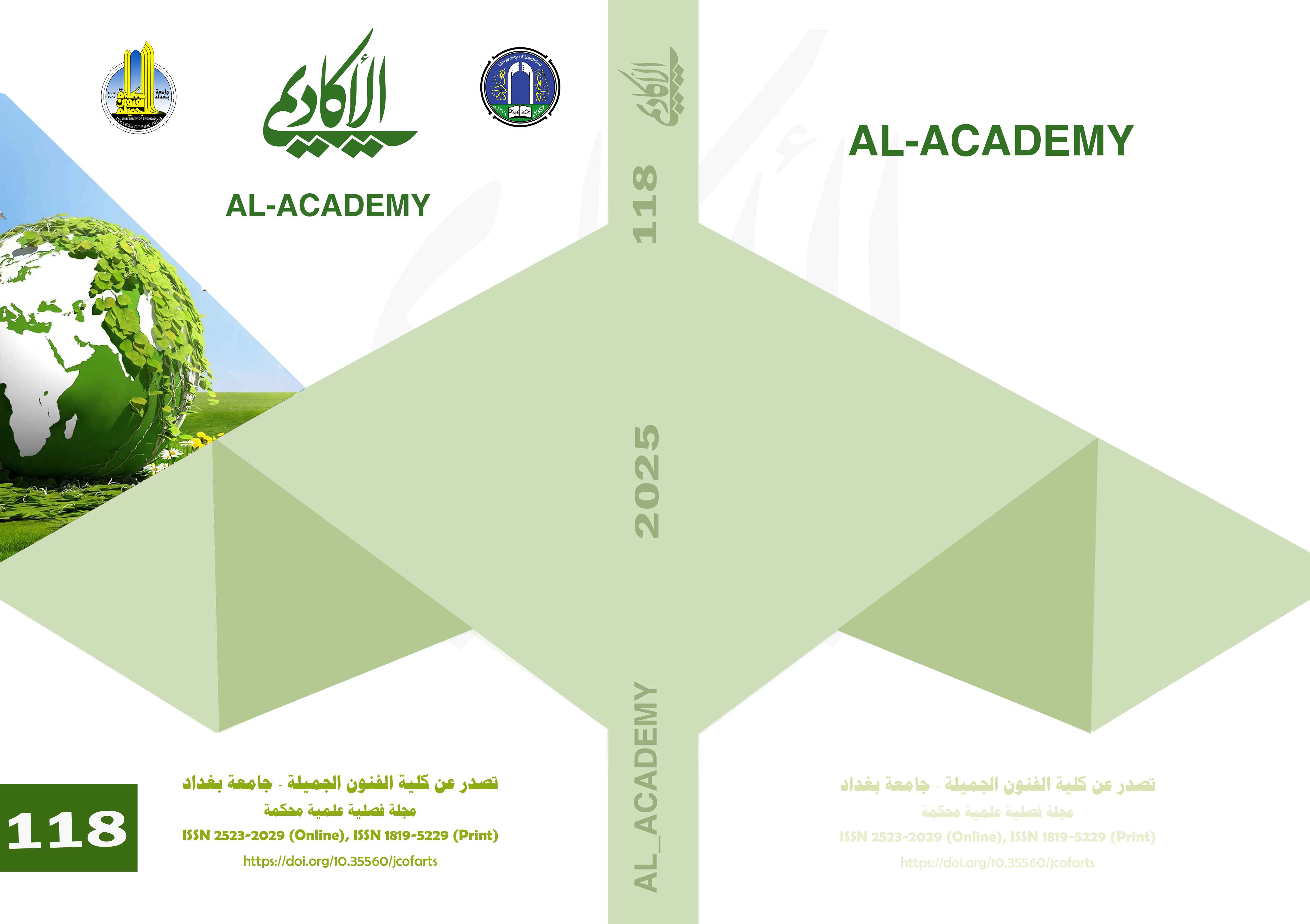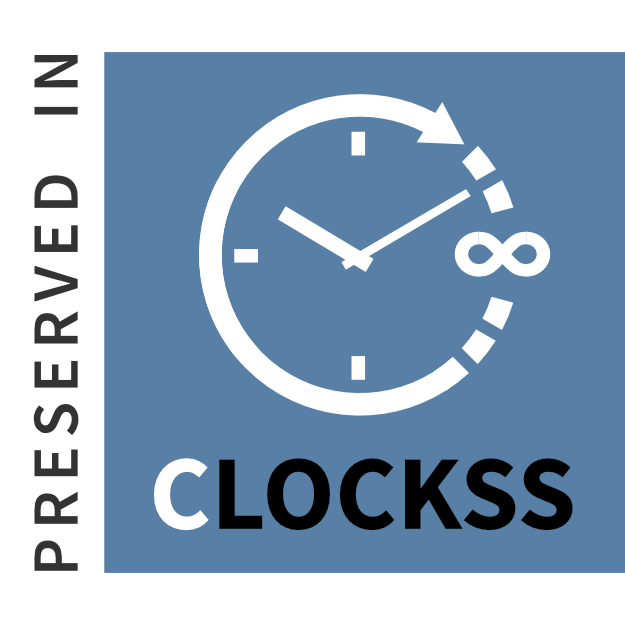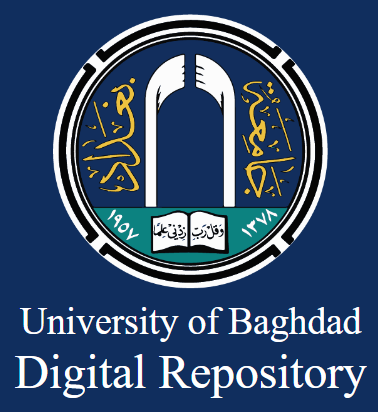Variables of comic expression between text and actor in TV drama
DOI:
https://doi.org/10.35560/jcofarts1663Keywords:
Comedy- Actor- TV DramaAbstract
Art theorists did not care about comedy as much as they did with tragedy, and scholars placed most of that attention on personality, its dimensions, attributes, psychological and physical influences on it and the social aspects surrounding it, and somewhat neglected writing of comedy and the character that performed it. Even in Aristotle’s book The Art of Poetry, he did not see comedy except through tragedy, and the comedy reached the site that it sought when the theory of laughter developed itself by entering psychological propositions that considered laughter a purification ritual similar to tragedic purification and it is also suitable for releasing what is repressed within the human psyche.
The research presents its problem with the following question: What are the variables that occurred in the comic expression in the cinematic discourse? Then he begins answering that question through a theoretical framework that includes two articles, the first of which came under the title: Comedy: The Philosophy of Shapes and Contents, as the recurring textual model is not available and inherited from comic writing, which created a positive environment for the comedian who found a great space in diligence and writing texts outside the restrictions and rules That shackles the author in some matters, but the positivity may not last long due to falling into the typical textual performance.
As for the second topic, it was entitled: Variables of comic expression in the cinematographic medium, in which the great effects of theater and cinema on the structure of expression in the comic series are discussed as all of them a purely dramatic structure, and the study of plot, language, idea and the view will lead us to the relationship between personality and the dramatic event and its impact on the structure of comic expression In the TV series.
The research came out with three indicators of the theoretical framework that were applied to the research sample. The research culminated in a set of results and conclusions, including the language spoken by the characters, the way they are pronounced, and the dialect that led to their role in the production of comic meaning and personal functioning within the comic dramatic structure.
References
(Henry), B. (2007). Laughter Life in Drama, trans. Jabra Ibrahim Jabra, 3rd ed. (Beirut:. Beirut: Majd University Institution for Studies, Publishing and Distribution.
Ahmed, O. (1984). Greek poetry. Kuwait: World of Knowledge.
Al-Khuwaildi, Z. (2021, July 1). The Philosophy of Humor: Between Pretending to Be Funny and Taking Things Seriously. (Kitabat) Retrieved 7 1, 2021, from kitabat: https://kitabat.com/
Al-Mukhtari, Z. (1998). Introduction to the theory of psychocriticism, the psychology of the poetic image from the criticism of purity as a model. Damascus: Publications of the Arab Writers Union.
Al-Sahen, S. (2014, 11 1). Visual Discourse on Television. Academic Journal , 69, 186.
Bar, T. (1993). Acting for Film and Television - Tony Bar. Cairo: The Egyptian General Book Authority.
Engineer, M. W. (1979). Dictionary of Arabic Terms in Language and Literature, Volume 1. Beirut: Lebanon Library.
Ghaleb, A. N. (2010). Arabic Dialects, Asad Tribe Dialect. Amman: Dar Hamed for Publishing and Distribution.
Hamid, S. A. (2003). Humor and Laughter: A New Vision. Kuwait: The world of knowledge.
Kanehir, A. K. (2018, 2 19). The comedian's performance in Molière's plays. Academic Magazine, 87(87), 75.
Leech, M. M. (1979). Comedy & Tragedy. Kuwait: World of Knowledge.
Leech, M. M. (1979). Comedy and Tragedy . Kuwait: [World of Knowledge.
Qwaider, J. A. (2009). Humorous Poetry in Abbasid Poetry, Unpublished Master's Thesis. Homs, Syria: Faculty of Arts, Al-Baath University, Homs, Syria.
Saliha, N. (1999). Theatre between Text and Performance. Cairo: The Egyptian General Book Authority.
Salman, A. (2019). senario & script. Cairo: Dar Althqafya.
Sobchack, T. &. (1980). An introduction to film. Boston- USA: Little, Brown and Company.














